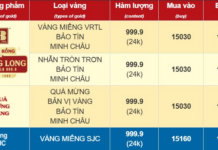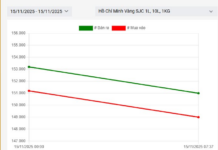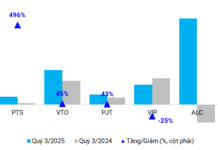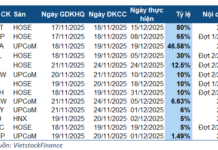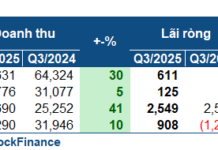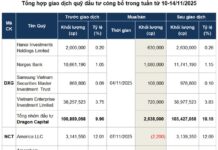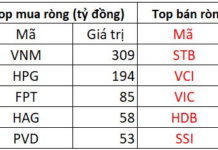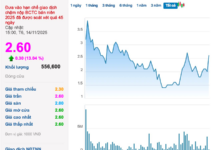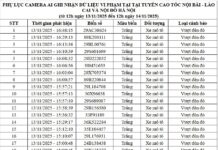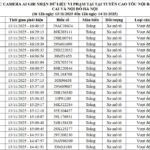According to the Ministry of Finance, maintaining parallel tax inspection and audit systems creates redundancy and incurs unnecessary time and cost for businesses. By transitioning to a solely inspection-based system, processes will become more streamlined, reducing compliance burdens on businesses while enabling tax authorities to maintain effective oversight through data systems and technology.
The new proposal also includes regulations for tax inspections, allowing for extended inspection periods aligned with case complexities, enhanced powers to address fraud and tax evasion, and increased utilization of information technology for cross-referencing and risk analysis. Inspections will prioritize remote reviews at tax authority offices, utilizing electronic invoice data and minimizing on-site visits to businesses unless necessary.

The Ministry of Finance believes that this change strikes a balance between ensuring effective state management and encouraging voluntary compliance, aligning with modern tax administration trends.
“The decision-maker for the inspection, the head of the inspection team, or team members deliberately distort case files or intentionally conclude and handle tax violations contrary to the law. There are signs of serious violations of the law by the inspected entity that have not been fully detected through the inspection,” said the Ministry of Finance, justifying the addition of the above regulations.
What’s the Difference Between Tax Inspection and Audit?
Under current regulations, tax audits are typically conducted in cases of suspected serious violations, involving a broad scope, extended durations, and potential surprise on-site inspections at business premises. This process often entails extensive paperwork, documentation, and close coordination between various parties.
In contrast, tax inspections primarily rely on documents, records, and data provided by businesses or collected by tax authorities. Inspections can be carried out at tax authority offices or business premises, with a narrower scope and shorter duration, focusing on specific issues.
“A Massive Scam: Over 152 Tons of Rubber Sap Scams, Transported Thousands of Kilometers to be Sold in Old Dong Nai.”
“In a daring scheme, Nguyen Van Thuc and Quang Xuan Hung defrauded and stole 152 tons of rubber latex. They then transported their ill-gotten gains to the province of Dong Nai, successfully selling it off and pocketing a cool 2.7 billion VND.”
Captivated by the Bank’s Notification on ‘Expiring Reward Points’
Cybercriminals are employing a new tactic to deceive unsuspecting individuals. They are sending SMS messages, pretending to be from a bank, informing recipients about reward points expiration and providing instructions on how to redeem gifts. However, the link included in the message redirects victims to a fake website mimicking the bank’s official site.
Uncovering the Truth: The HCMC Police’s Verdict on the Money Laundering Case Involving the Owners of Duc Long Jewelry
The Ho Chi Minh City Police have concluded their investigation into a money laundering case involving the owners of Duc Long jewelry store and their employees.






